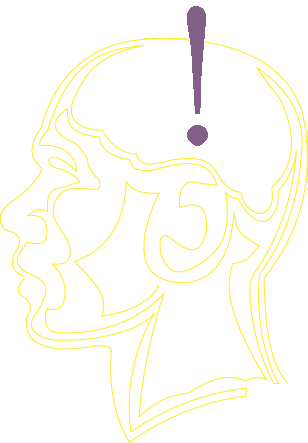

2010 2011 2012 2013 2014 2015 2016 2017 2018 2019 2020
Author(s): Derik E. Haggard , Sara J. Heggland
Presentation: poster
Human exposure to the heavy metal cadmium is associated with the development of bone diseases, including osteoporosis. Our lab is interested in unraveling the cellular mechanisms by which cadmium alters bone matrix formation. We hypothesize that cadmium exposure decreases osteoblast mineralization. Human Saos-2 osteoblastic cells were mineralized and exposed to varying concentrations of CdCl2 for 3-14 days. After treatment, calcium deposition, a marker for mineralization was evaluated. We also examined whether cadmium was deposited in the mineralized matrix. Preliminary results demonstrate exposure to 10M CdCl2 for three days significantly increased calcium deposition in Saos-2 cells. We also detected cadmium in the mineralized matrix after three days of 10M CdCl2 exposure. The initial increase in calcium deposition by cells exposed to 10M CdCl2 diminished back to control levels over time. Contrary to our initial hypothesis, cadmium exposure led to an increase in calcium deposition into bone matrix and eventually returned to a level comparable to untreated cells at longer time points. These results suggest cadmium exposure can alter the bone mineralization process by disrupting the ionic composition of the matrix, which may ultimately reduce bone density/strength and contribute to the pathogenesis of osteoporosis. Funded by INBRE P20RR016454 and NIH R15ES015866 grants.
The College of Idaho 2112 Cleveland Blvd Caldwell, ID 8360 USA 208-459-5011 800-2C-IDAHO